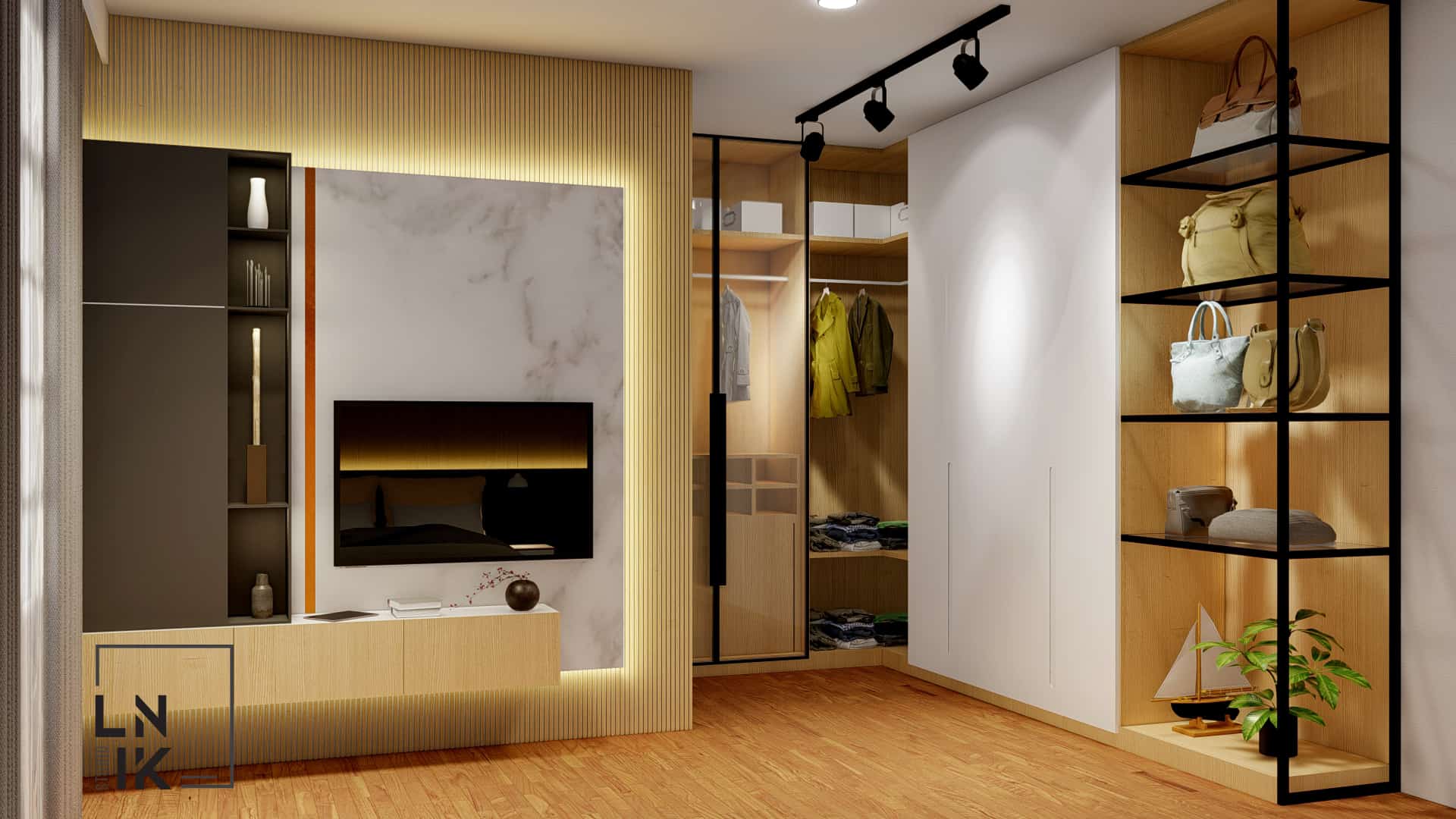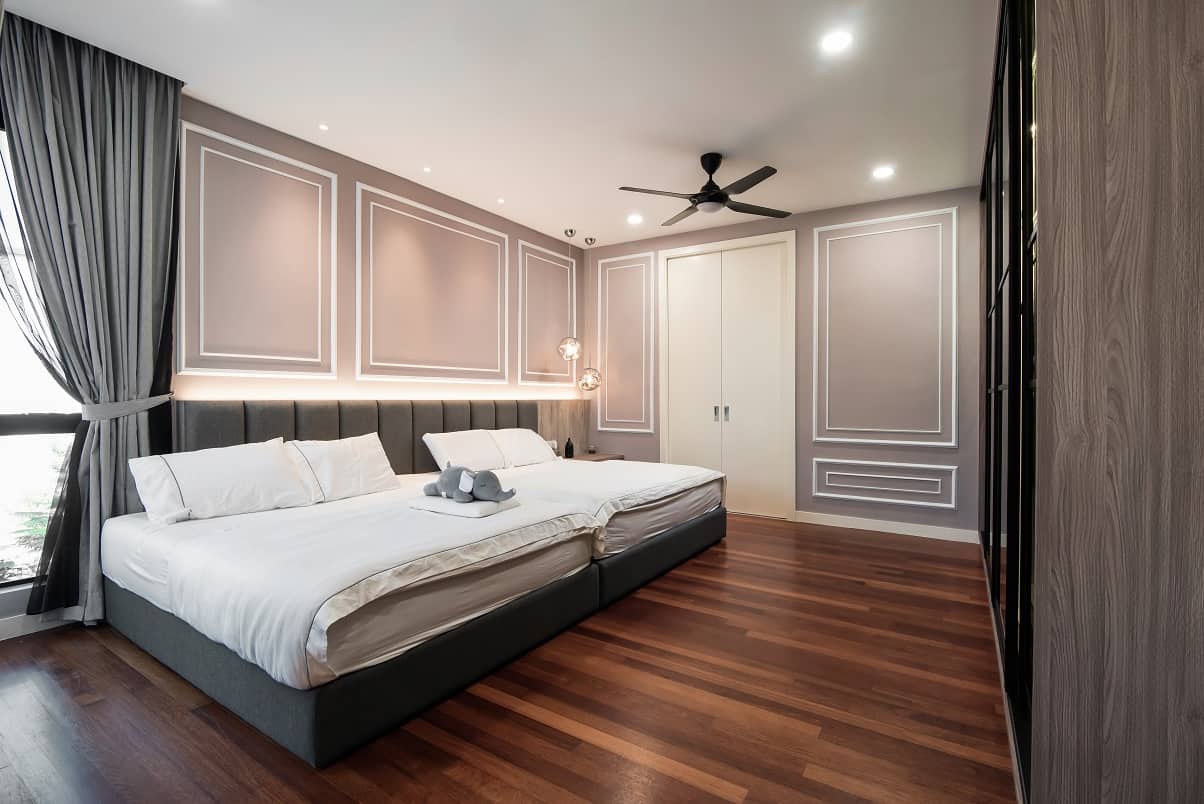How to Make the Kitchen Stop Smelling?
by Adwords on August 02, 2021
Whether your home is a small apartment design with a minimalist concept or filled with colour and decorations, one thing stays the same: to achieve a coherent design, you must match the colours utilized within one area.
No matter how many colours are utilized or how many pieces of furniture or accessories are present, the finest home interior designs always appear cohesive. Here are four colour-matching recommendations for your house furnishings.
Flooring is one of the few aspects of your interior design that doesn't change very often, and it takes up a lot of visible and physical space. As a result, it's only natural that you'd want to start pulling your colour palette from the ground.
Assess the hue, undertones, and accents of your flooring. If you have hardwood flooring, for example, you most likely have a dominating hue with dark and light tones blended in with the grain. If you have throw rugs, you already have a choice of accent colours.
Begin by capturing the tone of some of the less prominent colours on the floor, such as warm reds and browns, or colder blues and greys.
These colours will help you establish the tone for a cohesive colour palette – no matter how many other colours you choose, they must be tied back to the undertone or accent colours.
There are two main methods for combining colours in a room. You may create a really strong effect in space by combining complementary colours, which are hues that are opposite one another on the colour wheel.
Or, you can create a more subtle effect by utilizing analogous hues, which are colours that are next to each other on the colour wheel.
Decide if you want to go big or subtle with your palette, starting with the colours you discovered in your flooring. Begin selecting the rest of the space's colours by combining them with the initial hues.
If you have a red oak floor, for example, you already have pink, red, orange, and brown in the space. Yellow, various shades of red, cream and brown would be introduced into the room to create a subtle décor.
You can create a bolder appearance by combining blue, green, grey, and black.

For a simple bedroom design, start with one of the least represented hues currently in the space, such as those found in your flooring or furniture, when choosing your wall colour. The colour should already be there, but in as little a dose as possible.
For example, if your curtains have a gold fleck, use that fleck as your wall colour to establish instant harmony between the walls and curtains while also setting the tone for the remainder of the space.
The accent colours should be introduced last. Although they are the most vibrant and dramatic hues in your palette, they should be evenly distributed across the living room, kitchen or bedroom.
This is where you may deviate from your colour scheme by selecting a colour that is the polar opposite of what you've previously done.
It's this one startling feature that ties the rest of the room together and allows you to switch things up with throw cushions, accent lamps, and candles more regularly.

It can seem difficult to match furniture to wall and accent colours, but it doesn't have to be. Begin by looking for colours that are currently present in your apartment interior design.
If you have wood furniture, use the same guidelines as with your flooring and select a light tone from the grain to mix with the rest of the room's hues.
Consider shifting the colour of your fabric furniture up or down a few saturation levels by making the shade brighter or darker if you have fabric furniture in your bedroom interior. Now, using your accent colours, you can create a light or dark tone.
Don't be scared to experiment with different colours in your interior design. Simply follow these guidelines to ensure that everything fits together and results in a vibrant space that looks and feels natural.









